College basketball’s “Selection Sunday” on March 14 is almost here.
Every year, there is public dissent over the selection committee’s decisions on the 65-team field as conspiracy theorists come out of the woodwork ranting about East Coast favoritism, mid-major bias, and name-brand recognition of certain teams.
To put those claims to rest, the committee has continued an annual tradition of inviting 20 journalists and conference representatives to partake in a mock selection committee exercise in order to allow credible witnesses to experience what the real committee goes through in March.
In basic steps, the first order of business is for each participant to list the schools he or she believes should absolutely receive a bid (entry to the tournament).
Thirty-four at-large bids are given out while 31 conference automatic qualifiers (AQs) are slated. Thirty AQs are the winners of their conference tournaments. The Ivy League is the only conference that gives an AQ to its regular-season champion instead of a tournament champion. The at-large bids are for the 34 best teams who don’t win their conference tourneys.
The committee separates the teams from the ballots into “at-large” and “under consideration” categories. The “at-large” pile means that there is a unanimous decision for those teams to receive at-large bids.
Then, the committee begins to select the other at-large teams based on many votes and re-votes. At some point, seeding teams 1 to 65 will commence. In the mock meeting on Feb. 11, Kansas was the No. 1 seed, Syracuse No. 2, Kentucky No. 3, and Purdue No. 4.
Conference tournament results directly impact whether there is an extra at-large bid or not. If Duke, the current leader in the ACC, wins the ACC Tournament, they can make it into the NCAA Tournament with an AQ instead of using an at-large spot.
As a result, another at-large bid will open up for the next team waiting in line.
Choosing the teams is a difficult process and the committee has unlimited resources at their disposal, ranging from every possible college basketball game shown on television to all possible statistics of a team compiled into a team sheet.
NCAA Committee Chairman Dan Guerrero said in a teleconference, “Even though we have a lot of quantitative material available to us in every way, shape, or form, we watch those basketball games with the mindset of picking those 34 best teams. In some respects, there’s nothing better than the eyeball test.”
It has long been known that the Ratings Percentage Index (RPI) is one of the most important factors that the committee looks at. Guerrero confirmed that fact but also stated that this year, conference affiliation would not be considered. The RPI is a secretive and complex computerized ranking system for teams.
Disregarding conference RPI is a boost to mid-major programs that are in conferences with few strong teams. In addition, unlike past years, the committee will not focus on the last 12 games played but will instead emphasize the entire season’s body of work.
Guerrero addressed the issue of name-brand recognition (i.e. North Carolina) by saying, “We are looking at the very best teams that we can possibly get into this field irrespective of what colors they wear, what kind of history they have, what trophies they’ve won in the past, what their mascots look like, whatever.”
Special circumstances like snow-delayed games, suspensions, and injuries will also receive extra consideration when the committee deliberates.
However, just picking the 65 teams in the field is not enough. Bracketing those teams is another story. There are restrictions such as teams from the same conference cannot play each other until a regional final if there are eight or less teams from that conference in the tournament.
The committee will not place a higher seeded team at a home-crowd disadvantage in the first round and a team cannot play at a site where it has played at least three games throughout the year. Thus, Syracuse cannot play in the East Region because the host site is Syracuse’s Carrier Dome.
If you’re feeling confused and overwhelmed, you’re not alone. The committee realizes the daunting task they are faced with each year and 2010 is no exception. Guerrero said, “This could be one of the most difficult years for the committee.”
Every year, there is public dissent over the selection committee’s decisions on the 65-team field as conspiracy theorists come out of the woodwork ranting about East Coast favoritism, mid-major bias, and name-brand recognition of certain teams.
To put those claims to rest, the committee has continued an annual tradition of inviting 20 journalists and conference representatives to partake in a mock selection committee exercise in order to allow credible witnesses to experience what the real committee goes through in March.
In basic steps, the first order of business is for each participant to list the schools he or she believes should absolutely receive a bid (entry to the tournament).
Thirty-four at-large bids are given out while 31 conference automatic qualifiers (AQs) are slated. Thirty AQs are the winners of their conference tournaments. The Ivy League is the only conference that gives an AQ to its regular-season champion instead of a tournament champion. The at-large bids are for the 34 best teams who don’t win their conference tourneys.
The committee separates the teams from the ballots into “at-large” and “under consideration” categories. The “at-large” pile means that there is a unanimous decision for those teams to receive at-large bids.
Then, the committee begins to select the other at-large teams based on many votes and re-votes. At some point, seeding teams 1 to 65 will commence. In the mock meeting on Feb. 11, Kansas was the No. 1 seed, Syracuse No. 2, Kentucky No. 3, and Purdue No. 4.
Conference tournament results directly impact whether there is an extra at-large bid or not. If Duke, the current leader in the ACC, wins the ACC Tournament, they can make it into the NCAA Tournament with an AQ instead of using an at-large spot.
As a result, another at-large bid will open up for the next team waiting in line.
Choosing the teams is a difficult process and the committee has unlimited resources at their disposal, ranging from every possible college basketball game shown on television to all possible statistics of a team compiled into a team sheet.
NCAA Committee Chairman Dan Guerrero said in a teleconference, “Even though we have a lot of quantitative material available to us in every way, shape, or form, we watch those basketball games with the mindset of picking those 34 best teams. In some respects, there’s nothing better than the eyeball test.”
It has long been known that the Ratings Percentage Index (RPI) is one of the most important factors that the committee looks at. Guerrero confirmed that fact but also stated that this year, conference affiliation would not be considered. The RPI is a secretive and complex computerized ranking system for teams.
Disregarding conference RPI is a boost to mid-major programs that are in conferences with few strong teams. In addition, unlike past years, the committee will not focus on the last 12 games played but will instead emphasize the entire season’s body of work.
Guerrero addressed the issue of name-brand recognition (i.e. North Carolina) by saying, “We are looking at the very best teams that we can possibly get into this field irrespective of what colors they wear, what kind of history they have, what trophies they’ve won in the past, what their mascots look like, whatever.”
Special circumstances like snow-delayed games, suspensions, and injuries will also receive extra consideration when the committee deliberates.
However, just picking the 65 teams in the field is not enough. Bracketing those teams is another story. There are restrictions such as teams from the same conference cannot play each other until a regional final if there are eight or less teams from that conference in the tournament.
The committee will not place a higher seeded team at a home-crowd disadvantage in the first round and a team cannot play at a site where it has played at least three games throughout the year. Thus, Syracuse cannot play in the East Region because the host site is Syracuse’s Carrier Dome.
If you’re feeling confused and overwhelmed, you’re not alone. The committee realizes the daunting task they are faced with each year and 2010 is no exception. Guerrero said, “This could be one of the most difficult years for the committee.”
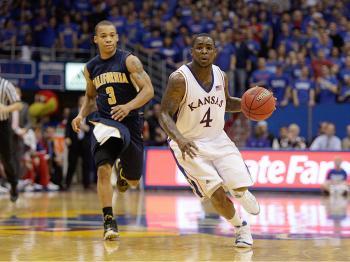
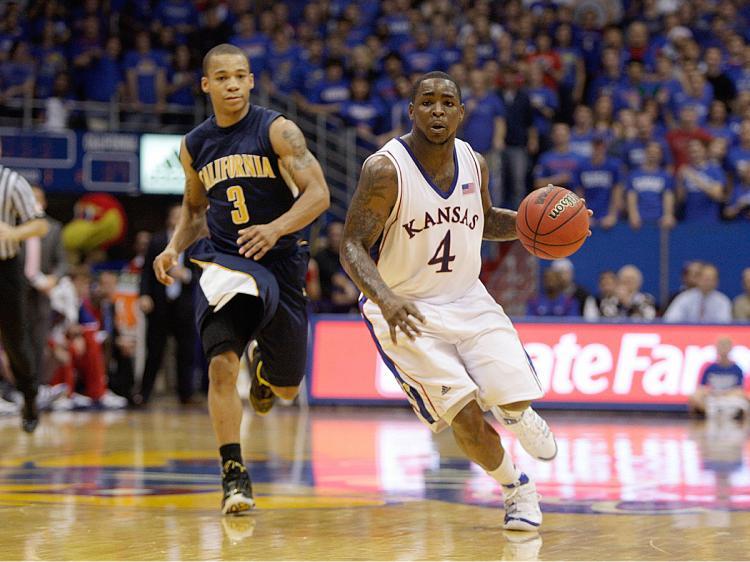
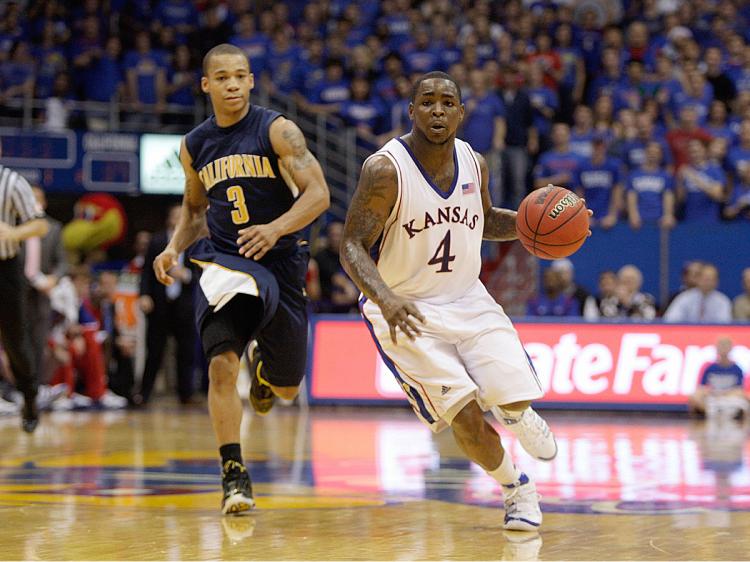
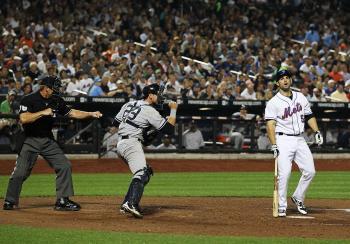
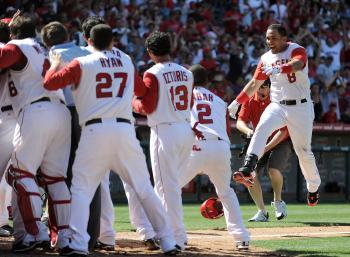
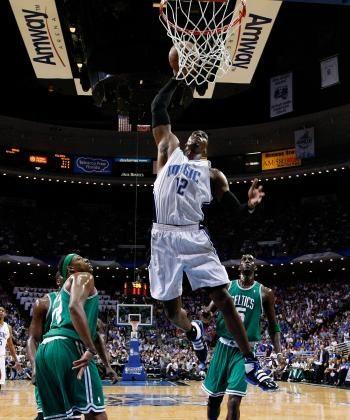
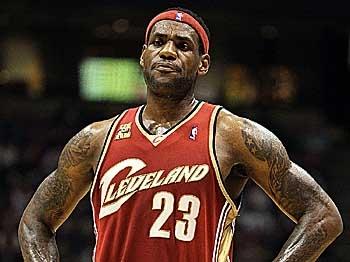
Friends Read Free